Brianna Munson-Perez
Digital Media 2
Lighting Patterns


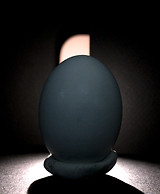

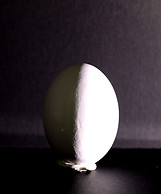

Front
Direct
Defused
Split
Top
Rim
ISO: 3200
Shutter Speed: 1/20
Aperature: F8
ISO: 200
Shutter Speed: 3.2 sec
Aperature: F4.5
ISO: 3200
Shutter Speed: 1/20
Aperature: F8
ISO: 200
Shutter Speed: 1/5
Aperature: F4.5
ISO: 200
Shutter Speed: 0.4 sec
Aperature: F4.5
ISO: 200
Shutter Speed: 1/1000
Aperature: F4.5
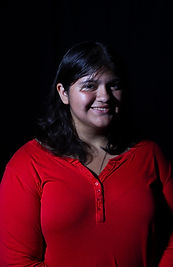
Rembrandt
ISO: 100
Shutter Speed: 1/125
Aperature: F11
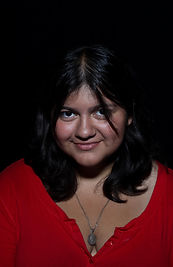
Butterfly
ISO: 100
Shutter Speed: 1/125
Aperature: F11

Rim
ISO: 100
Shutter Speed: 1/125
Aperature: F11
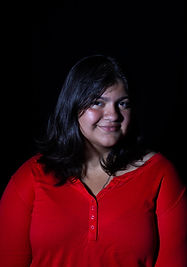
Loop
ISO: 100
Shutter Speed: 1/125
Aperature: F11
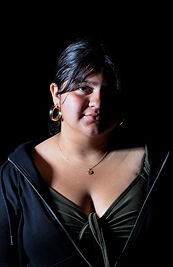
Split
ISO: 100
Shutter Speed: 1/125
Aperature: F11
Conclusion Questions:
1.What are your overall strengths of your project?
- My strengths during this project was being able to take my pictures in a timely manner while also having them be clear and correctly positioned. I made sure to have the correct camera settings which are, a shutter speed of 1/125, an aperture of F11, and an ISO of 100.
2. What improvements could be made?
- An improvement that I could have made would be to include more poses for the model to do while I was taking the pictures. If i were to do this project again I would also like for my model to be wearing the same outfit in all 5 photos, because of time sake that was not possible.
3. What did you learn about lighting patterns?
- I learned that lighting poses can be easily disrupted if the model moves to far one way or the other. With the right materials it is easy to make high quality photos, using lighting patterns help elevate the professionalism of the portraits.
4. How did photographing an egg prepare you for photographing a classmate?
- Photographing an egg was able to prepare me for photographing a classmate because I could have a reference to look back on. Also the small scale lab gave me enough experience so I was able to work through the next lab with more efficiency. Although, there were some lighting patterns that I could not recreate because the egg had no facial features to work with so I had to learn those once I got to the actual model.
5. In what ways, were the two labs similar and what ways did the experiences differ?
- The two labs were similar in the way we would position the light source whether that was in front, to the side, behind or any others. The experience was different mainly because with a model you had to make sure they were posed correctly and staying still as with the egg it was stationary.
6.Why is lighting important for a photographer to understand?
- Lighting is important for a photographer to understand as it will take a photo from plain to
7. How will you incorporate lighting in your photography in the future?
- In the future I look to incorporate lighting when taking pictures of myself. Even something as simple as standing next to a window in order to capture better, more direct, lighting.